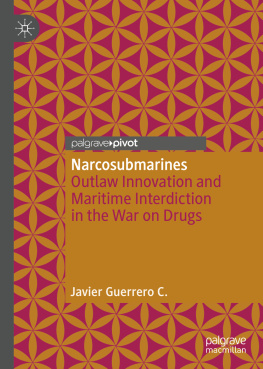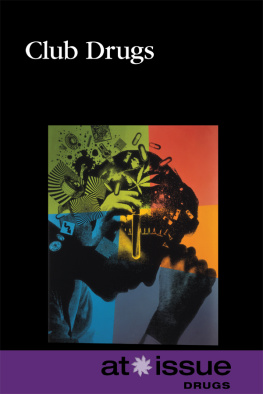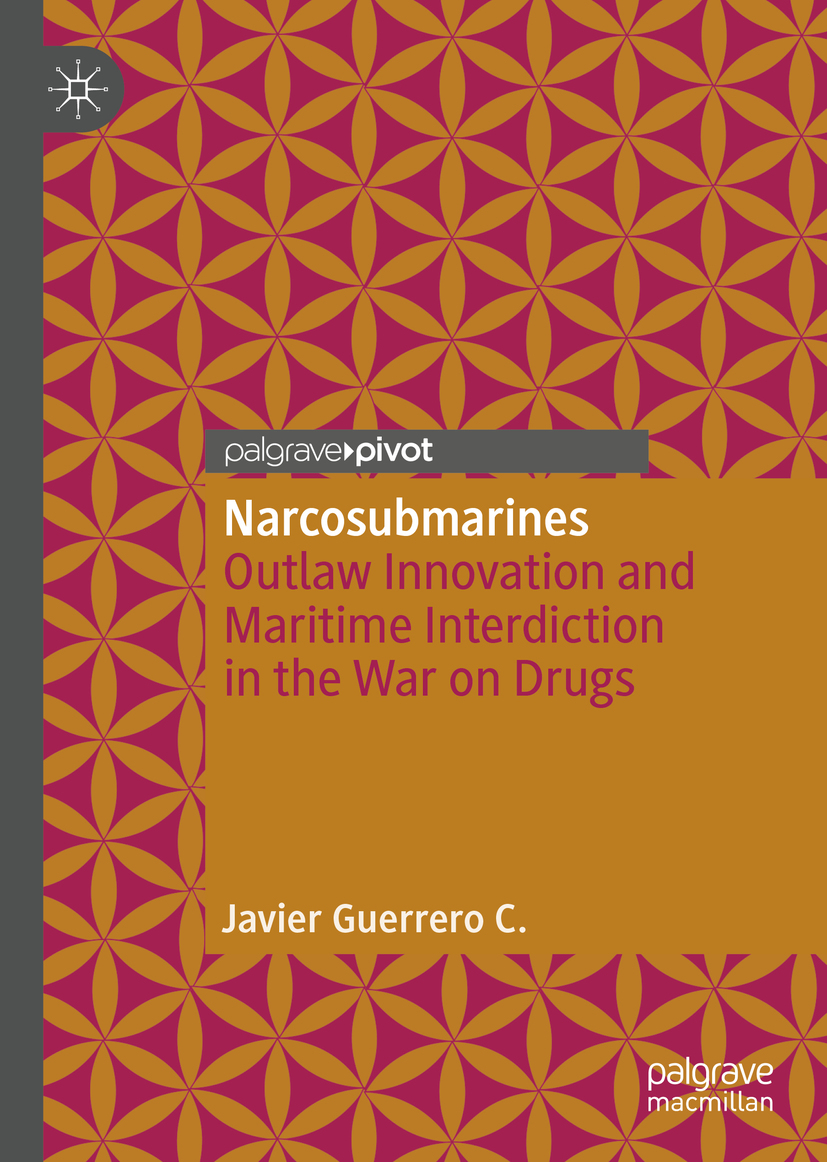Javier Guerrero C.
School of Arts and Humanities, Instituto Tecnolgico Metropolitano, Medelln, Colombia
ISBN 978-981-13-9022-7 e-ISBN 978-981-13-9023-4
https://doi.org/10.1007/978-981-13-9023-4
The Editor(s) (if applicable) and The Author(s), under exclusive license to Springer Nature Singapore Pte Ltd. 2020
This work is subject to copyright. All rights are solely and exclusively licensed by the Publisher, whether the whole or part of the material is concerned, specifically the rights of translation, reprinting, reuse of illustrations, recitation, broadcasting, reproduction on microfilms or in any other physical way, and transmission or information storage and retrieval, electronic adaptation, computer software, or by similar or dissimilar methodology now known or hereafter developed.
The use of general descriptive names, registered names, trademarks, service marks, etc. in this publication does not imply, even in the absence of a specific statement, that such names are exempt from the relevant protective laws and regulations and therefore free for general use.
The publisher, the authors and the editors are safe to assume that the advice and information in this book are believed to be true and accurate at the date of publication. Neither the publisher nor the authors or the editors give a warranty, express or implied, with respect to the material contained herein or for any errors or omissions that may have been made. The publisher remains neutral with regard to jurisdictional claims in published maps and institutional affiliations.
Cover illustration: Melisa Hasan
This Palgrave Pivot imprint is published by the registered company Springer Nature Singapore Pte Ltd.
The registered company address is: 152 Beach Road, #21-01/04 Gateway East, Singapore 189721, Singapore
Foreword
The title of this book by Javier Guerrero seems to tell you everything you need to know about what is inside. Indeed the most immediate objective of Narcosubmarines: Outlaw Innovation and Maritime Interdiction in the War on Drugs is to contribute to a richer and more effective understanding of drug smuggling in twenty-first century Colombia and the attempts of law enforcement agencies (LEAs) to combat them. The study starts by tracking the arms race between drug smugglers and the Navy in the waters between Colombiaa contest around speed of go-fast boats and patrol boats gave way to another, a struggle around detectability culminating in the development of increasingly sophisticated narcosubmarines and narco-torpedos which held out the promise of evading interdiction. The initial focus on these highly visible instances of outlaw innovation paved the way for a detailed ethnographic study that has yielded an extremely rich account of the strategy and tactics adopted by smugglers and law enforcement agencies. This work provides an important empirical contribution to our understanding of drug smuggling and more generally to security studies. This is per se valuable. And the empirical richness reflects the recent turn to practice in Science and Technology Studies (STS) and related social science traditionsinspired by the success of ethnographic methods. But what else does an STS perspective bring to our understandings?
A distinctive feature of the rapidly developing body of STS scholarship is the pursuit of critical insights from combination of intense empirical study with a strongly reflexive stance that insists upon questioning the conceptual framing of an investigation and offers strategic guidance about the methodological choices made and considers their consequences for the knowledge that is produced.
These questions have particular salience for security studies which are perhaps of necessity characterised by marked asymmetries of access to particular actors and locales.
Researchers strive to meet norms of impartiality and produce robust and defensible accounts. However, there is no view from nowhere (Suchman, 2002). their point of insertion (or research access) to a social process, their intellectual equipment and their commitments may shape what knowledge can be produced.
These issues are particularly significant in relation to studies of the contested terrains of criminality and security in which law enforcement agencies as much as their illicit adversaries may work hard to protect the secrecy of individual identities, settings, and activities undertaken.
In such contexts of markedly uneven visibility, actors (and analysts) may be tempted to extrapolate from existing perceptions to fill gaps in knowledge and understanding. Such metaphorical extension from known settings has obvious risks, particularly in fragmented, turbulent, and changing settings. Here STS analysts have considered the metaphors deployed by actors and by analysts (Jordan & Taylor, 1998). Guerrero highlights the unhelpful consequences of attempts to project particular templates onto Drug Smuggling Organisationsas mafia or cartels revolving around quasi-military or corporate centralised managerial structureswhich fail to capture the entrepreneurial features of drug smugglers taking devolved initiatives in a high risk, high reward market. We must resist the temptation of simplistic portrayals of the two sides as mirroring the other.
Guerrero shows how, partly in reaction against such portrayals, two analytical metaphors have become widespread in studies of smuggling, analysed (1) in terms of the formation of criminal networks or (2) in terms of a co-evolution processa competition between the interdiction activities of LEAs and the continued efforts at evasion by drug smugglers. Here the Guerreros detailed study allows us to go beyond accounts of an arms race driven simply by binary competition between two sides. He shows us that there is more going on than just a race between the two sides, something that neither current studies of criminal networks nor theories of coevolution thoroughly explain (Chap. 1, p. 4). In particular, through detailed study of interdiction activities, Guerrero shows that Maritime Interdiction Organisations do not simply respond to smugglers threats; organizational politics also shape this organisation. Furthermore, smugglers do not only seek to overcome LEAs capabilities but to compete with other groups (Chap. 1, pp. 34).
By capturing the dynamics of the interplay between LEAs and smugglers, Guerrero proposes a more nuanced interpretation of this co-evolutionary process using the metaphor of the Red Queen, (drawing on Lewis Carrolls Through the Looking-Glass and What Alice Found There) , who must always run as fast as she can just to stay in the same place. The detailed picture of the everyday practices of smuggling and interdiction that Guerrero has produced calls into question widespread unbalanced accounts which, for example, juxtapose the flexibility of traffickers with portrayals of law enforcement agencies as inflexible bureaucracies.
These static and stereotypical binary accounts fail to capture the processes of learning by both sides. Highlighting in particular learning processes in the course of everyday smuggling and interdiction activities, Guerrero suggests we might understand these more effectively as processes of












